1. The Glorious Eighth of January
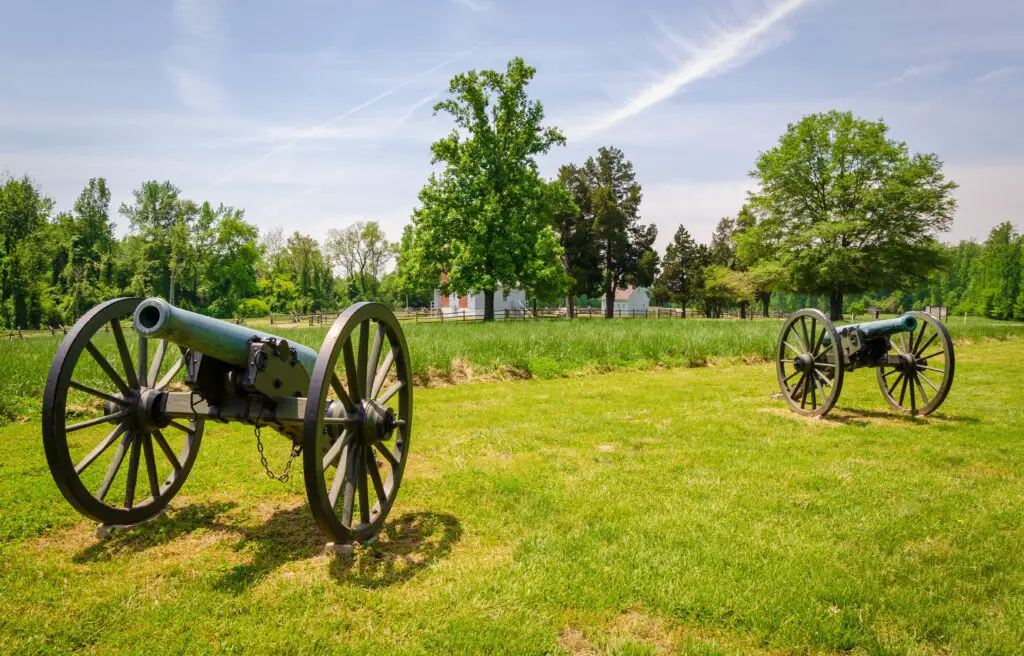
The Glorious Eighth of January was once a nationwide celebration commemorating the American victory at the Battle of New Orleans in 1815. This battle, fought after the Treaty of Ghent had been signed, was crucial in preventing British forces from gaining control over the Mississippi River and the Louisiana Territory. The holiday was marked by parades, speeches, and widespread patriotic fervor, with Andrew Jackson emerging as a national hero. For nearly 50 years, the Eighth was a federal holiday, observed with great enthusiasm across the United States.
However, after the Civil War, the significance of the battle began to fade in the collective memory. The misconception that the battle was fought after the war had ended led to its diminishing importance. As the nation shifted its focus to the Civil War and its aftermath, the celebration of the Glorious Eighth of January gradually disappeared from the national calendar. Today, few Americans are aware of this once-celebrated holiday, and its legacy remains largely forgotten.
2. Pinkster
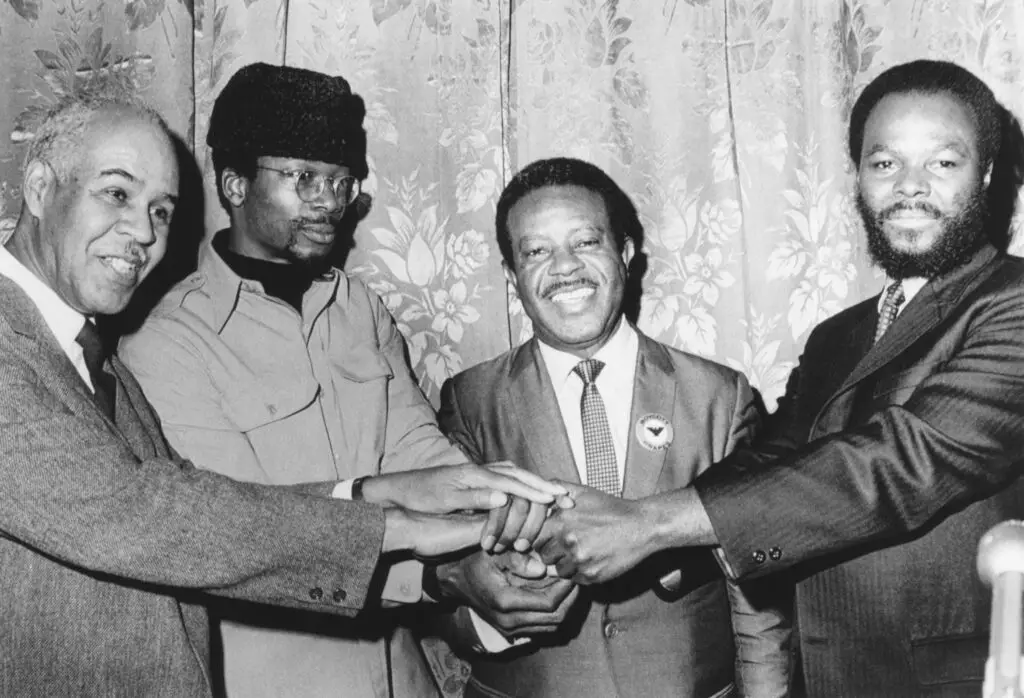
Pinkster was a spring festival celebrated in New York during the 17th and 18th centuries, rooted in Dutch Pentecost traditions. Over time, it evolved into a unique celebration observed primarily by African Americans, both enslaved and free. The festival featured music, dancing, and communal gatherings, serving as a rare opportunity for African Americans to come together and celebrate their culture. The highlight of Pinkster was the “Toto” or “Guinea” dance, performed to the rhythm of drums, which became a symbol of resistance and cultural pride.
In the early 19th century, as African American communities grew in strength and visibility, Pinkster faced opposition from white authorities. In 1811, the city of Albany passed a law banning the drinking and dancing associated with the festival, fearing it could lead to uprisings. This ordinance effectively suppressed Pinkster, and by the 1830s, the celebration had largely disappeared from public life. Despite its suppression, efforts to revive Pinkster continue today, with events like the annual festival at Philipsburg Manor in Sleepy Hollow aiming to honor and preserve this important cultural tradition.
3. Arbor Day

Arbor Day, established in 1872 by J. Sterling Morton in Nebraska, was a day dedicated to planting and caring for trees. The holiday gained popularity in the late 19th and early 20th centuries, with schools and communities across the United States participating in tree-planting ceremonies. In 1907, President Theodore Roosevelt issued an “Arbor Day Proclamation to the School Children of the United States,” encouraging nationwide participation in the observance. The holiday served as a reminder of the importance of environmental stewardship and the preservation of natural resources.
Over time, however, Arbor Day’s prominence waned. The rise of commercial holidays and changing societal interests led to a decline in its observance. Today, Arbor Day is still celebrated in some states, notably Nebraska, where it remains a civic holiday. However, its recognition has diminished nationally, and it is no longer the widely observed event it once was.
4. Lee–Jackson Day
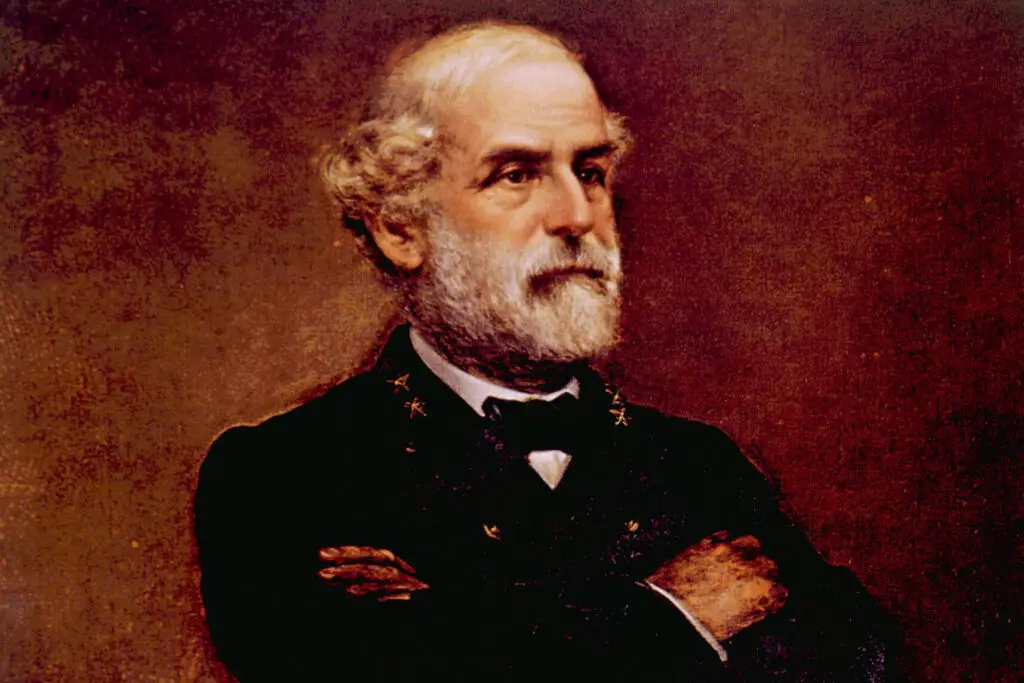
Lee–Jackson Day was a state holiday in Virginia, observed to honor Confederate generals Robert E. Lee and Thomas “Stonewall” Jackson. Established in 1889, the holiday was initially celebrated on Lee’s birthday, January 19, and later expanded to include Jackson’s birthday on January 21. The observance included ceremonies, parades, and educational programs focused on Civil War history and Southern heritage. In 1983, the holiday was merged with Martin Luther King Jr. Day, creating Lee–Jackson–King Day, but this combination was reversed in 2000, reinstating the separate observances.
In 2020, Virginia’s General Assembly voted to eliminate Lee–Jackson Day as a state holiday, replacing it with Election Day. This decision reflected a broader movement to reconsider the commemoration of Confederate figures and the legacy of the Civil War. The removal of Lee–Jackson Day marked a significant shift in how the state acknowledges its historical figures and events, acknowledging the need for a more inclusive and accurate representation of history.
5. Confederate Memorial Day
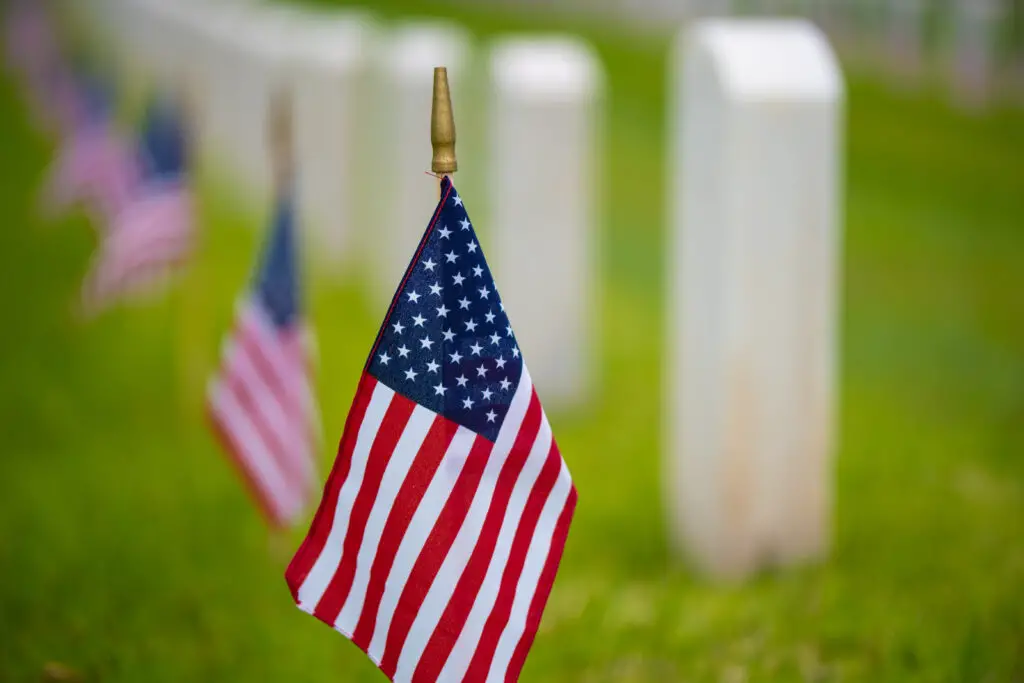
Confederate Memorial Day, observed in several Southern states, was established to honor the Confederate soldiers who died during the American Civil War. The holiday originated in 1866, with the first official observance taking place in Georgia in 1874. It was celebrated on various dates, including June 3, the birthday of Confederate President Jefferson Davis, and May 10, the day of General Thomas “Stonewall” Jackson’s death. The observance included ceremonies, speeches, and the decoration of Confederate graves, serving as a means to remember and honor the Confederacy’s fallen soldiers.
Over time, the holiday became controversial due to its association with the Lost Cause narrative and the perpetuation of white supremacy. In the 20th century, as civil rights movements gained momentum, many states reconsidered the observance of Confederate Memorial Day. Today, the holiday is still recognized in some states, but its observance has declined, and it remains a subject of debate regarding its place in modern American society.
6. Franksgiving
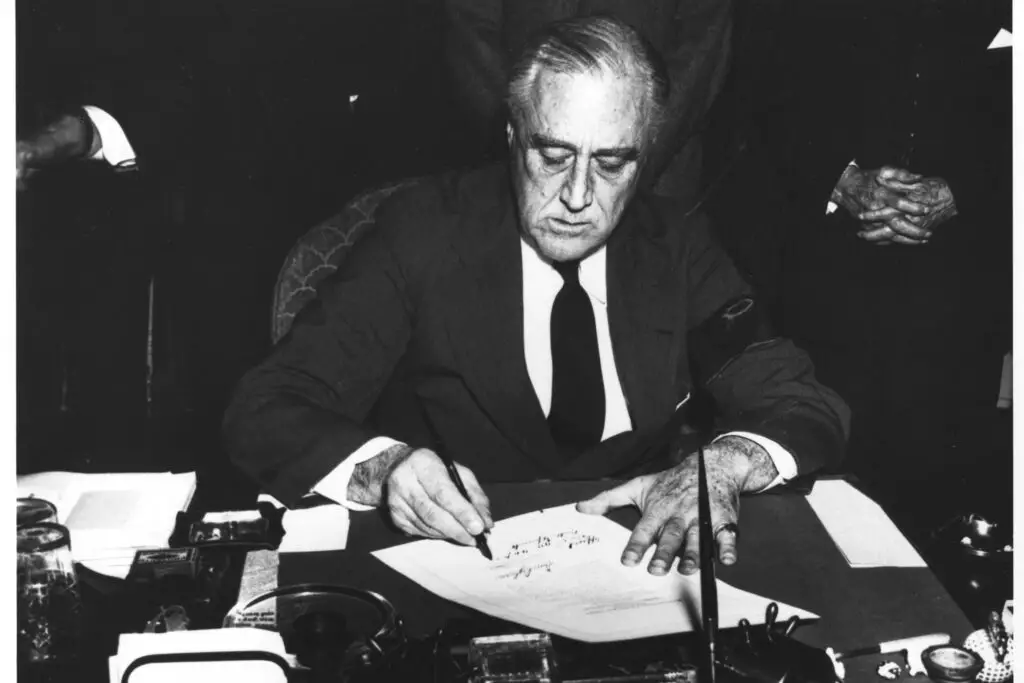
Franksgiving refers to the period between 1939 and 1941 when President Franklin D. Roosevelt moved Thanksgiving from its traditional last Thursday in November to the third Thursday. The change was made to extend the holiday shopping season, aiming to boost retail sales during the Great Depression. The decision was met with widespread criticism, as many Americans felt it disrupted family traditions and the timing of the holiday. The new date was dubbed “Franksgiving” by those who opposed the change, reflecting their displeasure with the presidential decree.
In 1941, after two years of controversy and public outcry, Congress passed a law returning Thanksgiving to its original date, the fourth Thursday in November. The brief period of Franksgiving remains a curious chapter in American holiday history, illustrating the intersection of politics, economics, and cultural traditions. Today, the term “Franksgiving” serves as a reminder of the complexities and challenges involved in altering long-standing national observances.
7. Victory over Japan Day (V-J Day)

Victory over Japan Day, or V-J Day, commemorated Japan’s surrender in World War II, marking the end of the conflict. The date of observance varied, with some celebrating on August 14, the day Japan announced its surrender, and others on September 2, the day the formal surrender document was signed aboard the USS Missouri. V-J Day was a federal holiday from 1948 to 1975, celebrated with parades, ceremonies, and public gatherings. The holiday served as a national expression of relief and gratitude for the end of the war.
In the years following the war, the observance of V-J Day declined as the United States shifted focus to the Cold War and other global concerns. The holiday was officially removed from the federal calendar in 1975, though some states, like Rhode Island, continue to observe it under the name “Victory Day.” The fading of V-J Day from the national consciousness reflects the evolving nature of how societies commemorate historical events and the passage of time.
8. May Day

May Day, celebrated on May 1, was originally established in the United States in 1886 by the labor movement to honor workers’ rights and achievements. The date was chosen to commemorate the Haymarket affair in Chicago, a pivotal event in labor history. The holiday gained international recognition as a day for workers to unite and advocate for better working conditions, fair wages, and labor rights. In the U.S., May Day was marked by parades, demonstrations, and speeches promoting the labor cause.
However, during the Cold War, May Day became associated with communist ideologies, leading to a decline in its observance in the United States. The federal government shifted focus to Labor Day, celebrated on the first Monday in September, which became the primary holiday honoring American workers. Despite its diminished presence in the U.S., May Day continues to be celebrated worldwide as International Workers’ Day, highlighting the global importance of labor rights and solidarity.
9. Father’s Day

Father’s Day, unlike Mother’s Day, did not become a national holiday in the United States until 1972. The movement to establish a day to honor fathers began in the early 20th century, with various states observing the holiday at different times. The push for a national observance gained momentum after the success of Mother’s Day, which had been officially recognized in 1914. Despite the growing popularity of the idea, it took decades for Father’s Day to receive official recognition.
In 1972, President Richard Nixon signed a proclamation making Father’s Day a permanent national holiday, celebrated on the third Sunday in June. The establishment of Father’s Day reflected a broader societal recognition of the importance of fathers and fatherhood. Today, Father’s Day is widely observed with family gatherings, gifts, and expressions of appreciation for fathers and father figures.
10. Susan B. Anthony Day
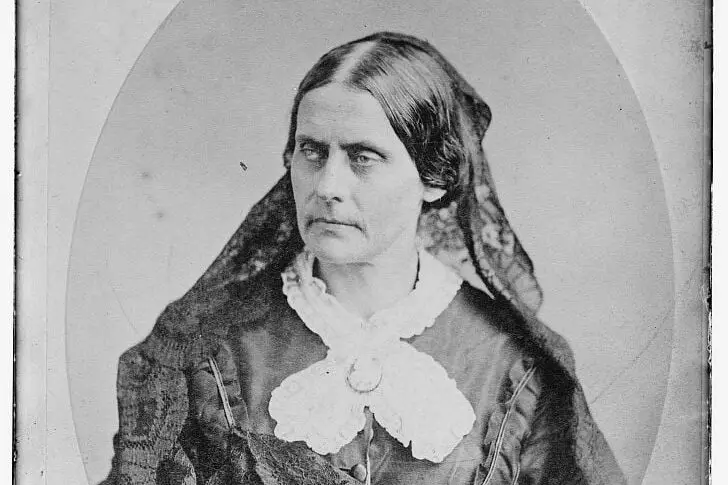
Susan B. Anthony Day, observed on February 15, commemorates the birth of the women’s suffrage leader and her contributions to the women’s rights movement. While not a federal holiday, the day is recognized in several states, including California, New York, and West Virginia. The observance honors Anthony’s tireless advocacy for women’s voting rights, culminating in the passage of the 19th Amendment in 1920. The day serves as an opportunity to reflect on the progress made in gender equality and the ongoing work needed to achieve full equality.
Despite its significance, Susan B. Anthony Day has not been widely adopted as a national holiday. Efforts to establish it as a federal holiday have been introduced in Congress but have not been enacted. The limited recognition of the day highlights the challenges faced in commemorating historical figures and events that have shaped American society.
11. National Defense Day

National Defense Day, observed on February 6, was established in 1925 to honor the U.S. military and its role in national security. The holiday was intended to highlight the importance of military preparedness, especially after the World War I era, when there was a push for stronger defense measures to protect the country. It was a day for Americans to express gratitude for the men and women in uniform and reflect on the need for defense modernization and readiness. Schools, communities, and military installations often held events to mark the day, including flag-raising ceremonies and patriotic speeches.
Over time, National Defense Day was overshadowed by other military-related observances, such as Armed Forces Day (introduced in 1950) and Veterans Day. The shift in focus to broader military recognition led to National Defense Day’s quiet removal from the public consciousness. Though it’s no longer an official holiday, the spirit of the day lives on through other military observances, especially as Americans continue to honor those who serve in the armed forces.
12. Evacuation Day
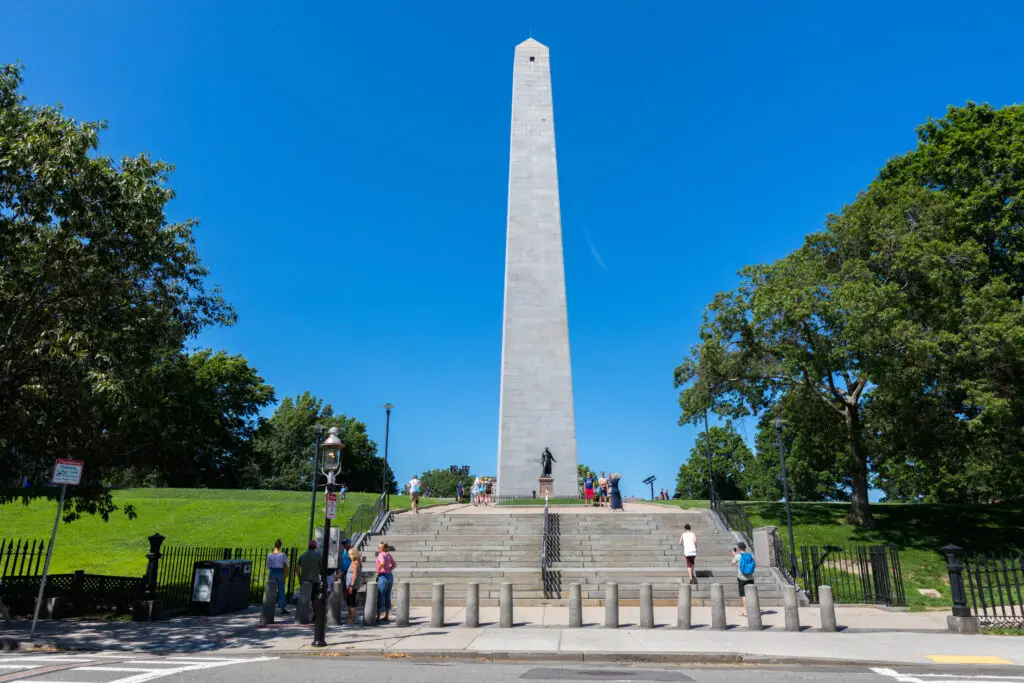
Evacuation Day was a holiday observed in Massachusetts to commemorate the British evacuation of Boston during the American Revolution on March 17, 1776. The day was marked by celebrations and events honoring the city’s liberation from British control. Evacuation Day was a significant local holiday, especially in Boston, where it was celebrated with parades and public gatherings. The holiday served as a reminder of the city’s pivotal role in the nation’s fight for independence.
In the 20th century, however, Evacuation Day began to lose its prominence. As the focus of national holidays shifted, and other events took center stage, the observance of Evacuation Day gradually faded. The holiday was officially removed from the Massachusetts state calendar in the mid-20th century. While it was once a day of civic pride and remembrance, its place in history is now mainly preserved through local historical accounts and occasional commemorations. The disappearance of Evacuation Day reflects how regional holidays, especially those tied to specific historical events, can fade away when the broader national narrative evolves.
